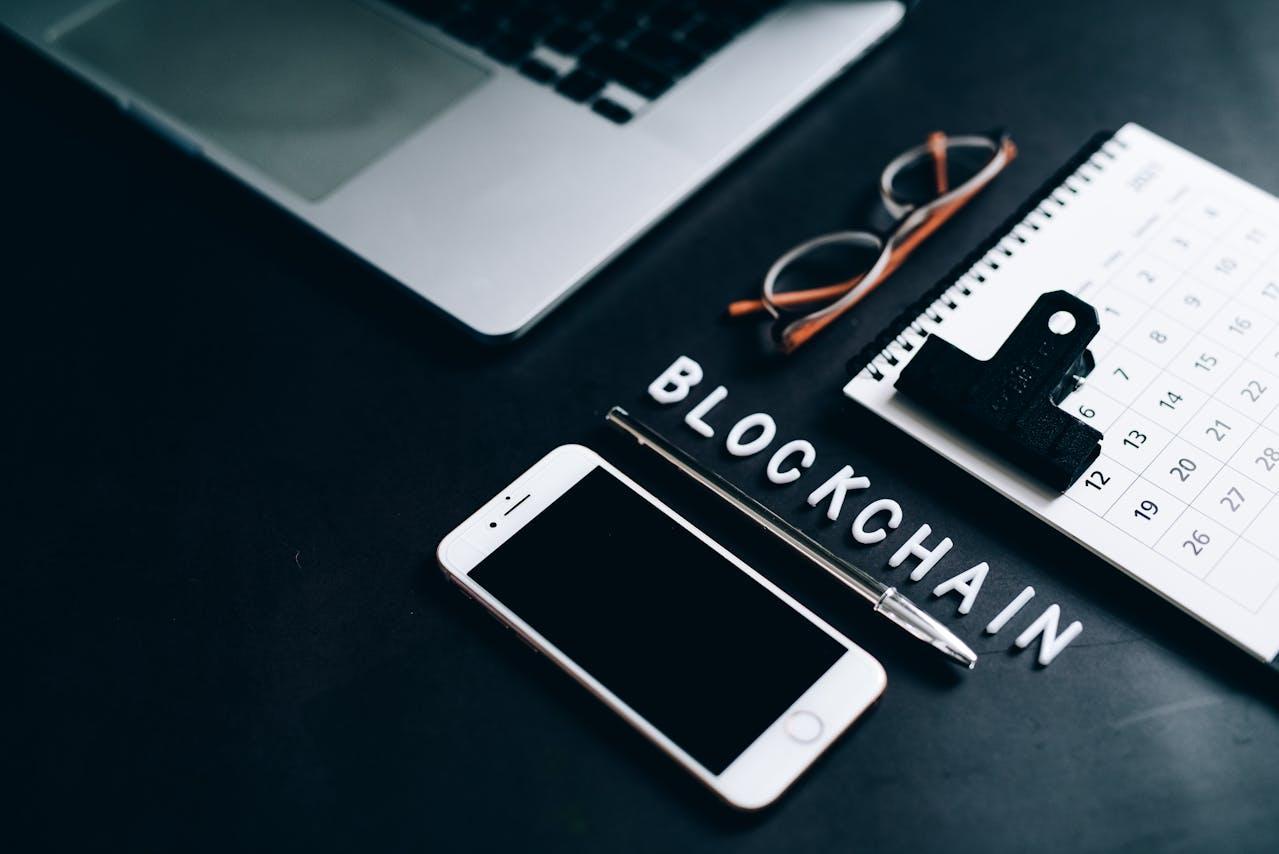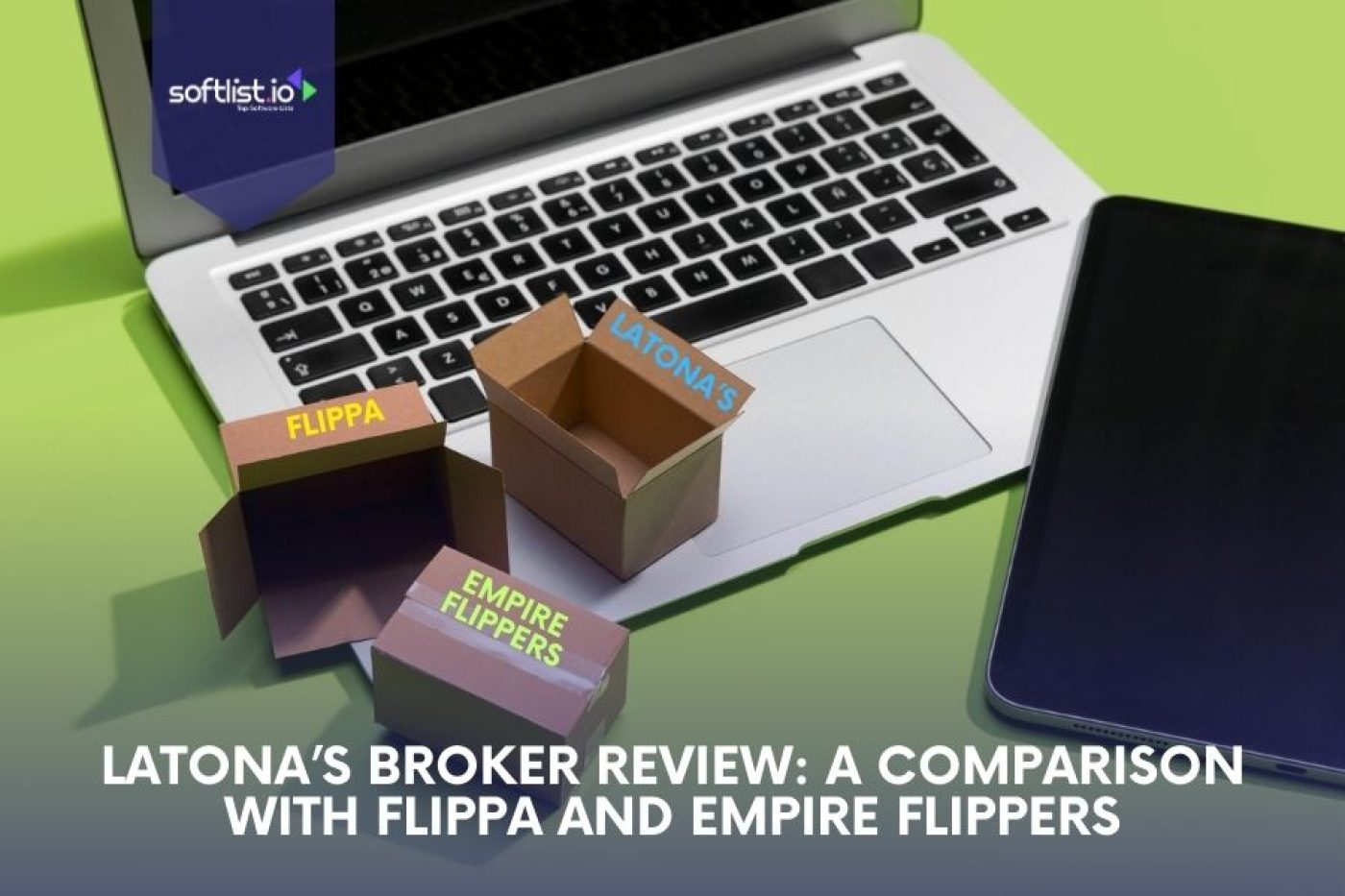Blockchain is an innovative way of recording transactions. At its core, it is a database that logs transaction details in a safe and open-to-inspection manner. For online traders, knowing that their data and money are secure from cyber threats is of the utmost importance. This is where blockchain security shines.
This article uncovers the different features that make blockchain dependable and examines how blockchain security can make trading applications more secure.
What Is a Blockchain?

Source: Pexels
A blockchain is a distributed digital ledger accessible to computer networks globally. It stores data in blocks that link in an order immune to tampering. Satoshi created blockchain to ensure Bitcoin’s security in a decentralized environment and gained fame for its role in the birth of cryptocurrencies. Yet, its potential goes beyond digital currencies. With blockchain security features, this technology can lock down data across industries with unchangeable precision.
Once developers add information to this block, it is permanent. Hence, users or applications only need to establish trust at entry. This innovation reduces reliance on intermediaries who inflate costs.
Since Bitcoin’s 2009 launch, blockchain technology has exploded with new possibilities. We’ve seen many new cryptocurrencies, DeFi projects, NFTs, and smart contracts come to life, which are reshaping how we interact with digital assets.
Importance of Security in Online Trading
The internet has permitted investors to trade from the convenience of their homes or as they roam the world as digital nomads. Online trading has also made it more accessible for newbies to invest in the market and learn how this industry works. However, it has also introduced cybercrimes (criminal activities involving a networked device), and this has left investors more vulnerable to scams and hacking incidents. Blockchain security provides a robust safeguard against these challenges, ensuring that trading applications remain reliable and trustworthy. There are four major reasons why trading apps must focus on security, including:
- Safeguarding financial assets
- Preventing personal information theft
- Maintaining trade authenticity
- Protecting against cyber threats
In January 2024, a major mishap happened with an international fintech firm. Direct Trading Technologies risked 300,000 investors’ data through a breach. The breach revealed details from six years of trading data. It included personal identifiers, such as names, email contacts, and IP addresses, and also included company correspondence, heightening the risk of account takeovers. This kind of incident does not bode well for the future trust in the modern economy.
The rapid growth of fintech in global markets has led to some unfortunate incidents, highlighting the need for better security to protect sensitive data and assets.
Key Blockchain Security Features
Six major properties of blockchains make them secure. These are:
Decentralization
In conventional frameworks, data resides within a singular central repository. Examples include a bank’s database or the server of a trading firm. This poses potential dangers if someone breaches or malfunctions that central entity. The entirety of the information could be at risk of theft or loss. Blockchain presents a reliable way to store data, offering unparalleled blockchain security by spreading information across many computers worldwide, called nodes, and this method is called ‘decentralization.’
With no single weak point, it’s much harder to breach such systems because if one node has security issues, the rest of the network will protect the data.
Immutability
Once developers log transactions onto this system, they remain unchanged; that’s what immutable means. In trading, it is vital that all transaction logs are immutable and reliable, as this deters fraud. This is a core tenet of blockchain security, providing a safeguard against unauthorized changes.
Cryptographic Security

Source: Pexels
Blockchain uses advanced mathematics called cryptography to protect data. It encrypts every transaction, turning the data into code that only a unique key can read. This makes it almost impossible for unauthorized users to access or change the data. These cryptographic principles are essential for ensuring blockchain security in trading applications.
Cryptography ensures that:
- Traders’ identities are safe
- No one can tamper with secure transactions
- Data stays private
Consensus Mechanisms
Blockchain depends on consensus protocols to confirm transactions. These protocols ensure that most of the network approves a new transaction as valid before adding it to the chain. There are different consensus methods, such as Proof of Work (PoW) and Proof of Stake (PoS). These methods aim to ensure compliance and prevent fraud, such as double spending, which occurs when one tries to spend an asset more than once.
Smart Contracts
Smart contracts are digital programs on the blockchain that automatically carry out tasks once specific conditions are met without needing people to step in. For example, these contracts can finish transactions when both parties fulfill their promises. By leveraging blockchain security protocols, smart contracts reduce risks tied to human mistakes or dishonest actions. They also improve transparency and work on a reliable blockchain security system, ensuring safe and tamper-proof execution.
Anonymity and Privacy
Blockchain is transparent. It allows universal access to transaction data, but it keeps users’ data private. Distinct alphanumeric identifiers identify individual accounts instead of actual names, thereby preserving anonymity while ensuring traceability within the system. This blockchain security feature ensures a mix of clarity and discretion, which attracts participation in the market because people who use it want to protect their identity when engaging in a network.
Which Companies Use Blockchain Technology?

Source: Pexels
In 2015, NASDAQ conducted its first asset trade using blockchain. Since then, the market has installed Linq, a platform that uses blockchain to settle trades in minutes, not days.
NASDAQ contributor Prableen Bajpai sees great potential in blockchain technology. Bajpai stated, “Blockchain could boost efficiency and save costs in some scenarios for financial firms. It could improve the transfer of securities and proof of payment.”
Other financial firms, like J.P. Morgan, Visa, and Barclays, are also exploring the use of blockchain in their systems.
J.P. Morgan developed a variant of Ethereum known as Quorum for private transactions. The platform uses smart contracts to facilitate secure transactions.
How Fraudsters Attack Blockchain Technology
Fraudsters target blockchains through four main methods: phishing, routing, Sybil, and 51% attacks. Understanding these vulnerabilities is essential to strengthening blockchain security measures.
- Phishing Attacks: Phishing is a scam that steals user credentials. Fraudsters send emails that look legitimate to trick wallet owners. These emails contain fake links asking for sensitive information, which they can use to cause financial loss to the individual and harm users’ trust in the blockchain security framework.
- Routing Attacks: Blockchains rely on fast, real-time data transfers. Hackers can intercept this data during its journey to internet providers. In a routing attack, users don’t notice anything unusual. But behind the scenes, hackers extract private information or currency.
- Sybil Attacks: The name “Sybil” comes from a book character with many identity disorders. In this attack, hackers create many fake identities to overwhelm the network, which can cause the system to crash.
- 51% Attacks: Mining on large blockchains requires massive computing power. If a miner or group of miners gains more than 50% of the network’s power, they control the ledger. With this control, they can manipulate transactions to their advantage.
Challenges and Considerations
Blockchain offers many security benefits, but the technology also has some challenges. The adaptability of blockchain security systems for high-speed trading environments is crucial, especially when scalability, regulations, and integration are considered.
Scalability
Scalability is one of the main issues that blockchain systems face. This challenges the systems to maintain a large number of transactions all at once. In trading, speed and efficiency are vital. This is especially true on platforms with thousands or millions of trades in a very short time. And yet, traditional trading platforms can process a high number of transactions.
The computers have to work together to run the “consensus algorithm.” This enables all the blockchains worldwide to keep a running tally of their progress.
For example, the blockchain may become congested if many users buy and sell at once, slowing down transactions. This is a significant challenge for high-volume trading platforms, where every second counts.
Regulations
The regulatory environment is an equally crucial aspect to consider. Blockchain is still a developing technology that many governments still need to understand. This regulatory uncertainty is a large obstacle for blockchain trading platforms.
There are strict rules to protect investors and ensure a fair market. These rules need customers to provide know-your-customer (KYC) information, and blockchain’s decentralized nature can make it harder for trading platforms to follow these established regulations.
Integration
Most trading systems were built before the blockchain revolution. Therefore, they use traditional technologies that do not consider blockchain. This raises the question of how the existing systems will conform to a blockchain.
Future of Blockchain in Trading Apps
Financial services are one of the most favorable sectors for blockchain applications. Despite the challenges, we can improve the efficiency of financial applications with blockchain. Trading platforms built on blockchain can achieve a higher level of blockchain security. This is due to their decentralized nature, making hacking almost impossible.
As major institutions like NASDAQ use blockchain, security and trust should improve.
Frequently Asked Questions
What Is Blockchain?
Blockchain is a digital system. It stores transactional data, called ‘blocks,’ in many databases. These form an immutable ‘chain.’ This setup is a cornerstone of blockchain security in trading and other industries. This setup is usually referred to as a ‘digital ledger.’
Is Blockchain Secure?
Blockchain’s framework is secure. Consensus protocols, encryption, and decentralization form the basis. Every new block links to all preceding ones, making unauthorized changes difficult.
What Is Decentralization in Blockchain?
In blockchain, decentralization means shifting power from a central authority. This power shifts from the central entity to a distributed network.






